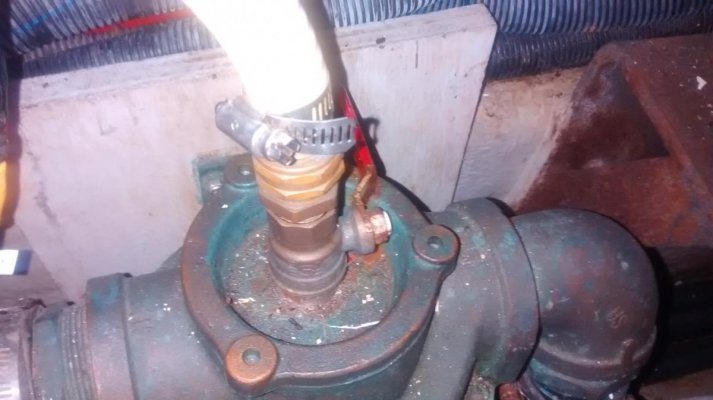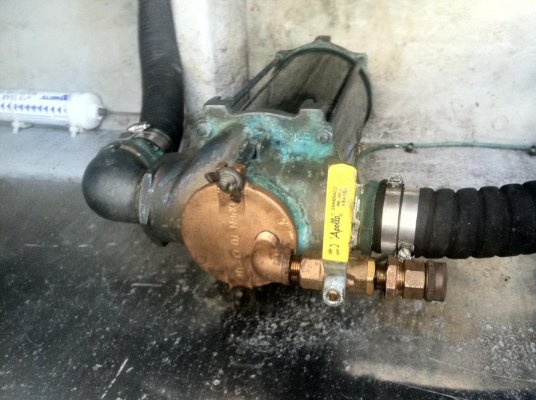Some hoses have upwards of 70psi. Strainer and sea water pump not designed to handle that. Might be ok, might not. Sea water pump effectively blocks flow if not turning. So with sea cock closed, no where for hose water to go and pressure will build.
Best to leave hose off unless engine is running. Start engine, open hose, run, turn off hose, stop engine.
Biggest risk is leaving boat with improper valve lineup after being done, then starting engine in that condition. I have fixed several engines damaged from this, and these were smart and thorough guys, not prone to screw ups. But it is easy to screw this up.
I flush mine if it is going to sit for any length of time. Just unscrew strainer lid and stick hose in. Close sea cock, start engine, turn on hose. Engine draws more than hose can provide, so it sucks some air, but this does not hurt anything. Hose off then engine off.
Fortunately one yard I like is on a fresh water river. Instant flush going up there!!
Otherwise in a normal year, boat runs every week at least. Five years of this and NO flushing and my coolers were in great shape for last springs cleaning.
I don't bother flushing with my duty cycle.


